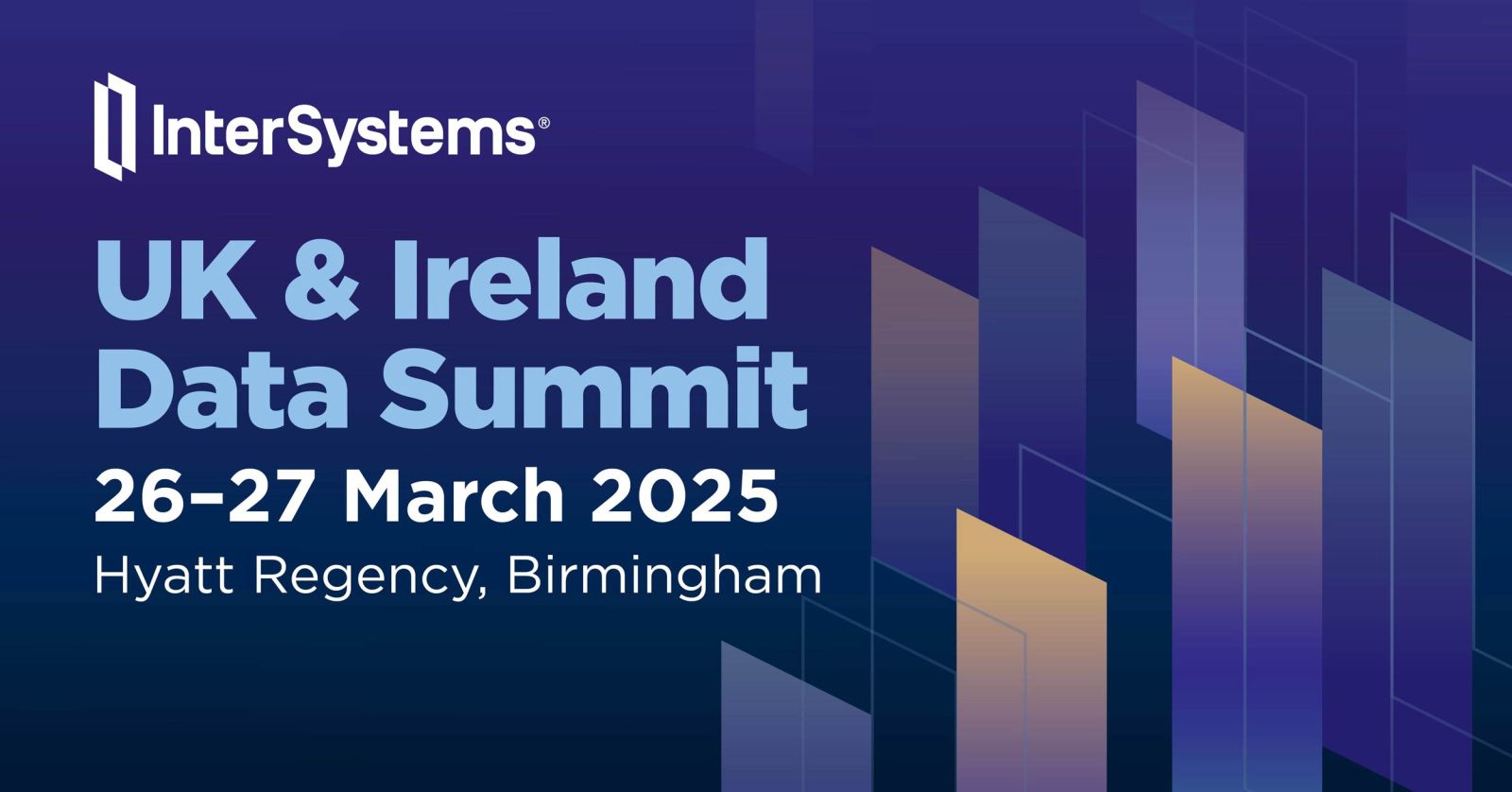Once upon a time in Ensemble Management Portal the pool size of each component (Business Host) within the production was displayed in the Production Configuration page.
This information was very useful, especially when a production have tens or hundreds of components.
.png)

.png)
.png)


